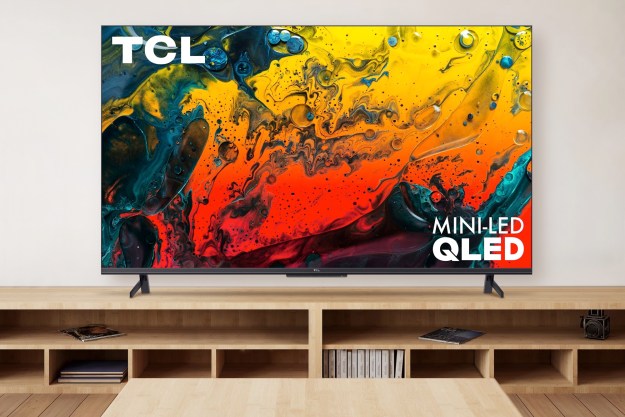
That alone would put Dolby Vision on an equal footing with HDR10 in terms of how easy it is for a manufacturer to add it as a firmware update, but there’s something else that gives Dolby’s technology a leg up. While HDR10 requires an HDMI 2.0a connection, Dolby Vision works on the older HDMI 1.4 standard, meaning that it could come to even older hardware. This doesn’t mean your old TV will suddenly be able to display HDR, but it could mean that your old game console, set-top box, or streaming hardware might become HDR-capable via a firmware update.
In order to show this, Dolby has demonstrated Vision running on an original PlayStation 4. This seems to be an indication of Dolby’s initial focus on implementing Dolby Vision in software — game consoles — but the company has said that other products could be supported. “There are implementations that can run
When questioned on whether Dolby Vision running in software could be added to a number of devices including TVs, the Apple TV, and Android TV devices, the company confirmed that all of these options were possible. We’ve already seen announcements of
This doesn’t necessarily mean that Dolby Vision will suddenly become the new standard for HDR. For one thing, several companies are backing HDR10 as it is an open standard, not a proprietary technology like Vision. Then there is the issue of cost: Even without the hardware requirement, Dolby still charges a license fee for its technology. If nothing else, this likely means that budget-priced TVs will often stick to HDR10.
Editors' Recommendations
- What is HDR10+? What you need to know about the HDR format
- Amazon Prime Video makes Dolby Vision, Atmos a paid upgrade
- You Asked: best TVs for bright rooms, when to use eARC, and more
- The Super Bowl is finally in Dolby Vision – if you have Comcast
- Comcast will be the only way to watch the World Cup in Dolby Vision


